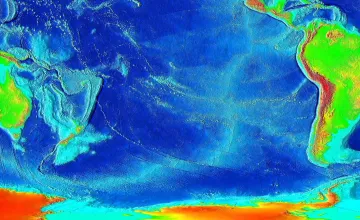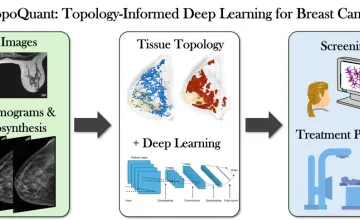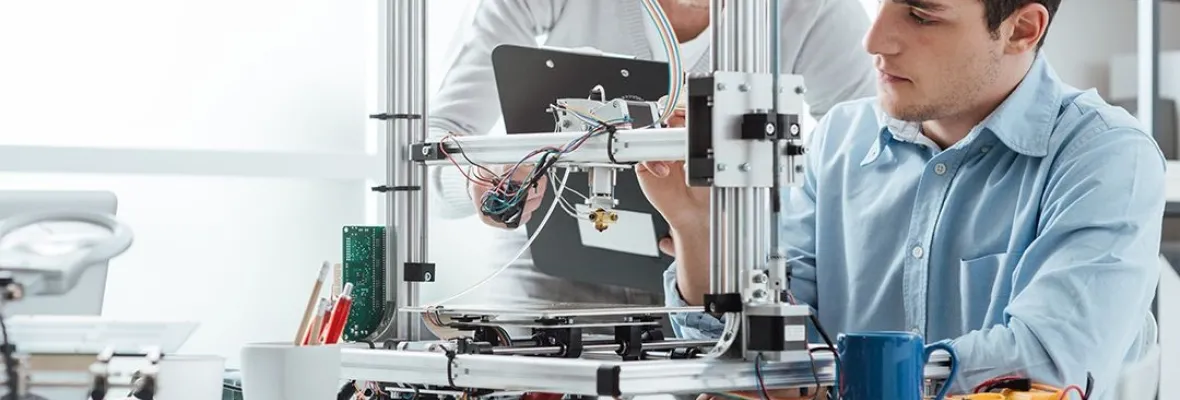AAU universities conduct a majority of the federally funded university research that contributes to our economic competitiveness, health and well-being, and national security. AAU universities are growing our economy through invention and innovation while preparing the next generation of scientists and engineers for global leadership. By moving research into the marketplace AAU universities are helping to create jobs, and provide society with new medicines and technologies.

UMD geologists uncovered evidence of a section of seafloor that sank into the Earth's mantle when dinosaurs roamed the Earth; it's located off the west coast of South America in a zone known as the East Pacific Rise.

Novel research supported by NCI could lead to more specific predictive disease models

A new University of Kansas study reveals parents seeking health care information for their children trust AI more than health care professionals when the author is unknown, and parents rate AI generated text as credible, moral and trustworthy.

Hypertension and amyloid plaques can separately cause dementia. Having both increases a person’s odds of developing cognitive decline, a new study finds
Explore More: University Research
You can filter stories by the university.
Despite the threat of a global antibiotic-resistance crisis, the worldwide use of antibiotics in humans soared 39 percent between 2000 and 2015, according to a new study.
Aerospec Technologies, a drone inspection and analytics company, has set out to make operating a solar farm more efficient, safer, and ultimately, more predictable.
Northwestern University | Energy Storage/Distribution | Research to Secure Our Energy Future | University Research
A new method to make a low-cost, high-quality lens quickly using a 3D printer has promising potential to create optical imaging lenses, customized contact lenses for correcting distorted vision or to even turn iPhones into microscopes for disease diagnosis.
Michigan State University scientists are testing a promising drug that may stop a gene associated with obesity from triggering breast and lung cancer, as well as prevent these cancers from growing.
Pitt researchers say that while doctors and patients has long believed that the window of opportunity for regaining most cognitive abilities closes three months after a stroke, their study suggests otherwise.
